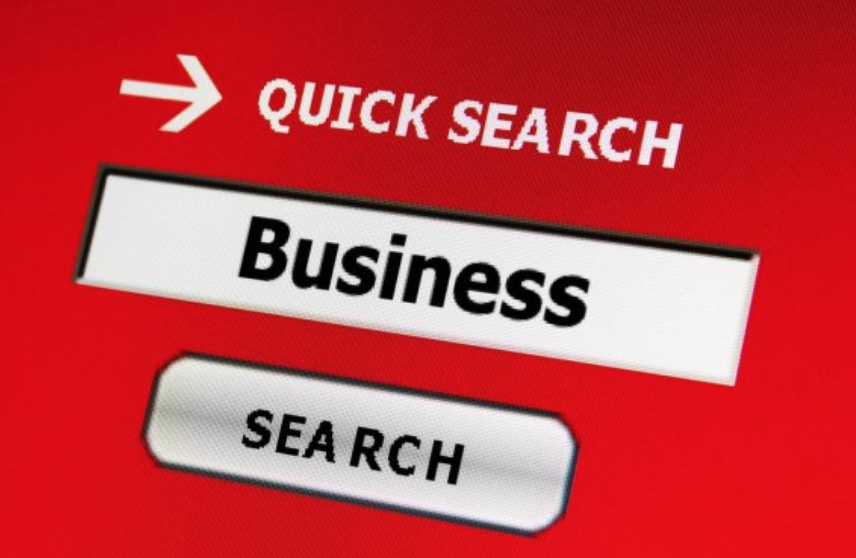Indexing content on Google is an important factor that must be taken into account in order to receive the large number of users who might be looking for your products and services right now on the Internet. indexación
If when you type the name of your website in the search engine, it does not appear in the results, keep reading everything we are going to tell you about indexing and how it is achieved. In this article we will focus on indexing on Google,being the most important search engine today, and the most used. If Google doesn’t index your website, however well designed it is, we have bad news: your website is virtually invisible. It will not appear in any search queries and you will not receive any traffic.
The number of pages on the Internet is countless, so Google must catalog all the information in order to offer users the best possible results and that meet their needs, in the shortest possible time.
For those of you who are not sure what the term indexing means, let’s start with the principle:
The term Indexation comes from The English index, which means index in Spanish.
Indexing is the process by which search engines append a web page to its index to display in search results.
Therefore, indexing consists of the organization of data in search engines according to the schema of each web page.

According to the definition of indexing on Wikipedia, this term refers to various methods to include in the internet index the content of a website.
The term indexing includes those specific actions that can be performed within a website aimed at search engines identifying the pages of that website and categorating them in their results lists. When pages have been indexed by search engine bots, they are offered to users based on their search intentions.
Again, if a website is not in the index of a search engine, users will never be able to find it, except if they know and enter the exact URL they want to access.
IMPORTANT: Do not confuse the term indexing with search engine positioning because they are two completely different concepts. To give an example and clarify any existing doubts, we could say that indexing a website would present it to participate in a career; and positioning it well in search engines or getting the best results on Google, would be to win it.

The terms are related because a website cannot win a race without showing up.
In this section we want to answer the following question. How does Google recognize new websites and add them to your index?
The indexing process is divided into three stages:
To discover new web pages, Google crawls the website to find them and then add them to their index (next stage). The term track refers to the action of following hyperlinks on the web to discover new content.
Google has a crawler software called Googlebot that browses the web for new pages or updates on existing pages in your index.
Googlebots are the robots that Google uses to visit the different websites. They crawl content and add what they find to the Google database. In other ways, Googlebot is search software that Google sends to collect information and that moves from web web through links.
Post-crawling, indexing takes place (indexing means storing all web pages in a database).
Once you discover new pages or updates, Google interprets your content, ranks it, and adds it to your index, that is, indexes it.

Google applies its algorithms to the available data and measures the frequency of different factors under different conditions. The index includes:
In principle, everything that is inside the URL’s HTML code is included.
Googlebot starts crawling a page that already has indexed. Tracking starts with existing web address listings from previous crawls and site maps provided by website owners. As Googlebots visit these websites, they use links on those websites to discover other pages. From the links, you know new pages of the same site. Then the Google robot or spider, tracks the new page, indexing all the contents it finds and so on. Googlebots pay special attention to new sites, changes to existing sites, and links.
The last phase of this process takes place when a user performs a search and Google, using its algorithms, identifies among all the data in its index what is the most relevant response to the user’s search.
When a user performs a Google search, they’re asking Google to show them all relevant pages within their index and that they’re related to their search. As we mentioned earlier, there are millions of websites on the Internet today, and thousands could relate to the user’s search. That’s why Google sorts pages so that the user sees the most relevant results first.
Much of the traffic a website generates comes from Google results.
Getting your website to appear in Google results is virtually essential to receiving traffic.
When you successfully index, you increase traffic to your website. Additionally, when you publish new content, it will be discovered by Google more quickly.
If, on the other hand, you haven’t been able to index your website correctly on Google, it won’t appear in search results.
It’s also possible that your website hasn’t completed the indexing on Google completely which could have consequences such as Google delivering results to the home page or home page of your website, but do not display all results related to other pages within the website.
To resolve these issues, Google should be told that your Googlebot should visit and reindex a website.
Here’s how to get your website indexed on Google.
In this section we present the most important steps that you must follow to correctly index a web page in Google. Let’s start at the beginning:
Using Google Search Console to understand the indexing status of your website pages is critical. Google Search Console is also a free tool from Google, therefore, there is no excuse not to use it!
Google Search Console may display configuration errors and web analytics data that will help you identify optimizations to be performed on your site prior to indexing, so we have selected their configuration prior to any other subsequent step.
A sitemap is a map of the website that displays information about its pages, content, and relationships.
A sitemap is your own index index to tell the Googlebot exactly what you want it to index from your Page. The file contains your website URLs sorted hierarchically, making it easier for your bot to track and index.
The function of the robots.txt file is to tell Google which pages and content to crawl and index and which should not. It is used to prevent pages you don’t want from appearing as search results. Still, it should be noted that putting certain pages in the robots.txt file does not guarantee that they will not be indexed. To ensure non-indexing you must set them as noindex with a meta-tag.
Important: If Google is not indexing your website completely it may be due to a crawl block in a robots.txt file.
To check if this is the error that is occurring, enter the URL in the URL inspection tool in the Google Search Console. Click the Coverage block and look for the “Tracking allowed? No: Blocked by a robots.txt” error which would indicate that the page is locked in robots.txt.
You can also go to tudominio.com/robots.txt and look for any “disallow” rules.
We understand that technical terms can be difficult for you, but don’t worry and if you need help, contact our Kiwop experts.
Do a good study of keywords on the theme of your website to promote indexing.
If you want to appear in certain searches, you’ll need to use specific keywords with an appropriate density on your website pages.
Add keywords to your new content, and update existing ones frequently.
When you add new content and update existing content regularly, you’re telling Google that you’re constantly making changes to your website, and consequently, that your website is up to date and up-to-date.
Google prioritizes fresh content over outdated content, but more importantly, adding new content forces Googlebot to crawl your website frequently.
Therefore, content creation is a relevant task within your indexing and positioning strategies.
A good internal link building strategy will help the bot crawl from one link to another. Whenever you can, when writing on your blog, put an internal link to other of your content. For more information, don’t miss our article and definitive internal linkbuilding guide.
Get websites that are recognized by Google to link to your Page, or link relevant content from these sites to your own posts. It is important not to use bad practices such as buying fake links, inaque it is long term, it is better to bet on backlinks of great authority and relevance!
If Googlebot detects broken links (links or URLs on your website that don’t lead anywhere) you’ll be complicating the indexing process. Therefore, it is important to detect broken links and create redirects so as not to compromise the user experience. Below we propose some tools to detect faulty links.
We never index all known URLs, that’s pretty normal. I would focus on making the site awesome and inspiring, so things tend to work better.
John Mueller
What John Mueller means by this phrase is that for Google to index your website, it has to be unique and impressive.
On the other hand, Google is likely TO NOT index low-quality pages because they have no value to its users. Review pages on your website that aren’t indexed for quality issues and make the necessary changes before requesting re-indexing in Google Search Console. Another option, to save on indexing budget, is to remove poor quality pages, you’ll be saving the Googlebot work.
Indexing is pre-positioning. It doesn’t do much to appear on the third page of results when the 75 of the clicks stay in the top 5 results.
Having a well-positioned website can improve your domain authority and show Google that your website offers users valuable content. You already know that value content loves Google and that’s why it will quickly and seamlessly index all your new content.
Don’t miss our articles on why invest in SEO, and how much to invest in SEO. If you need an SEO expert, please contact us, at Kiwop we help you improve your results.
If you want to have the website you want or increase the online visibility of your brand, we know how to do it.
Shall we start today?
Leave a Reply